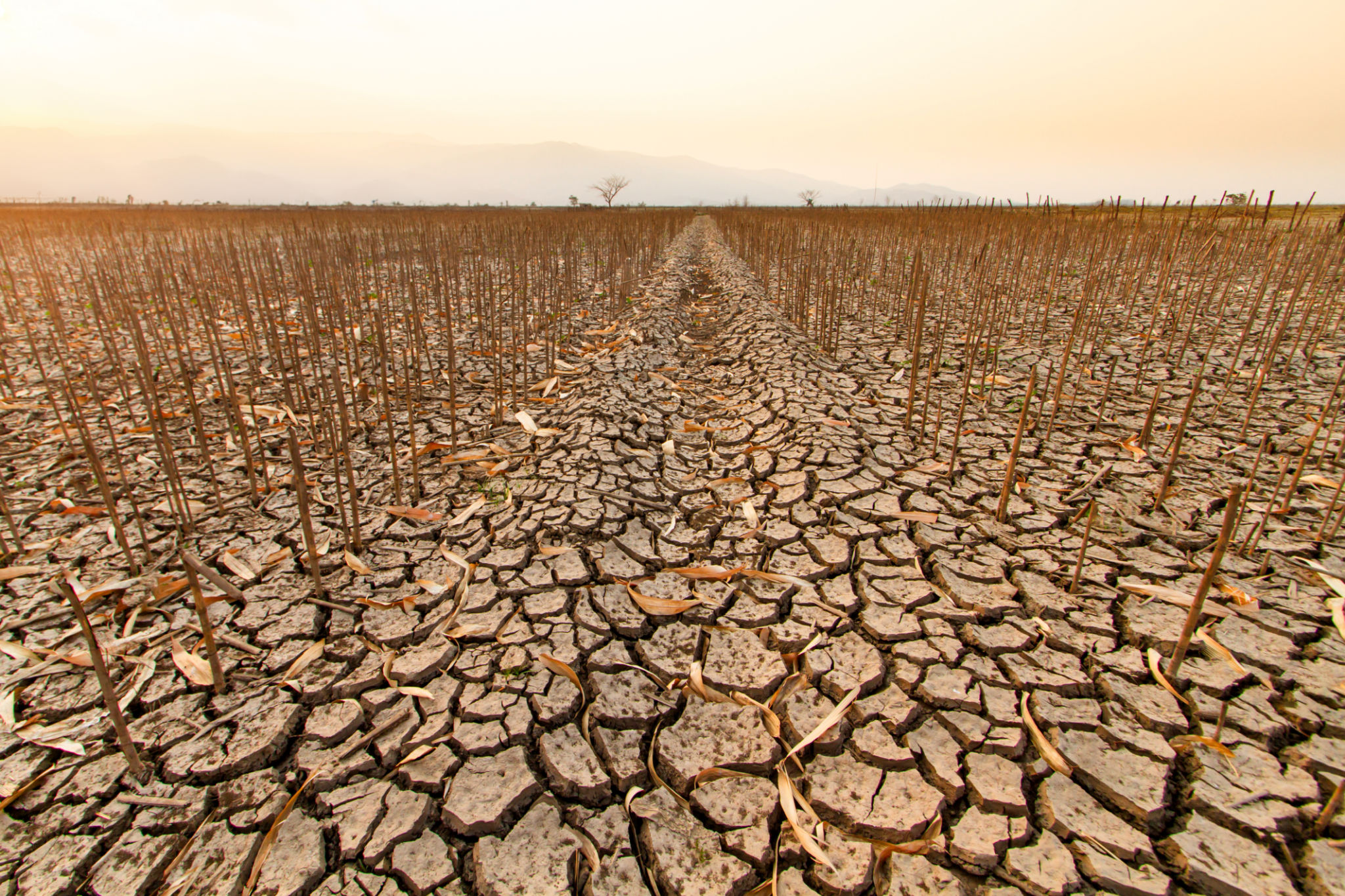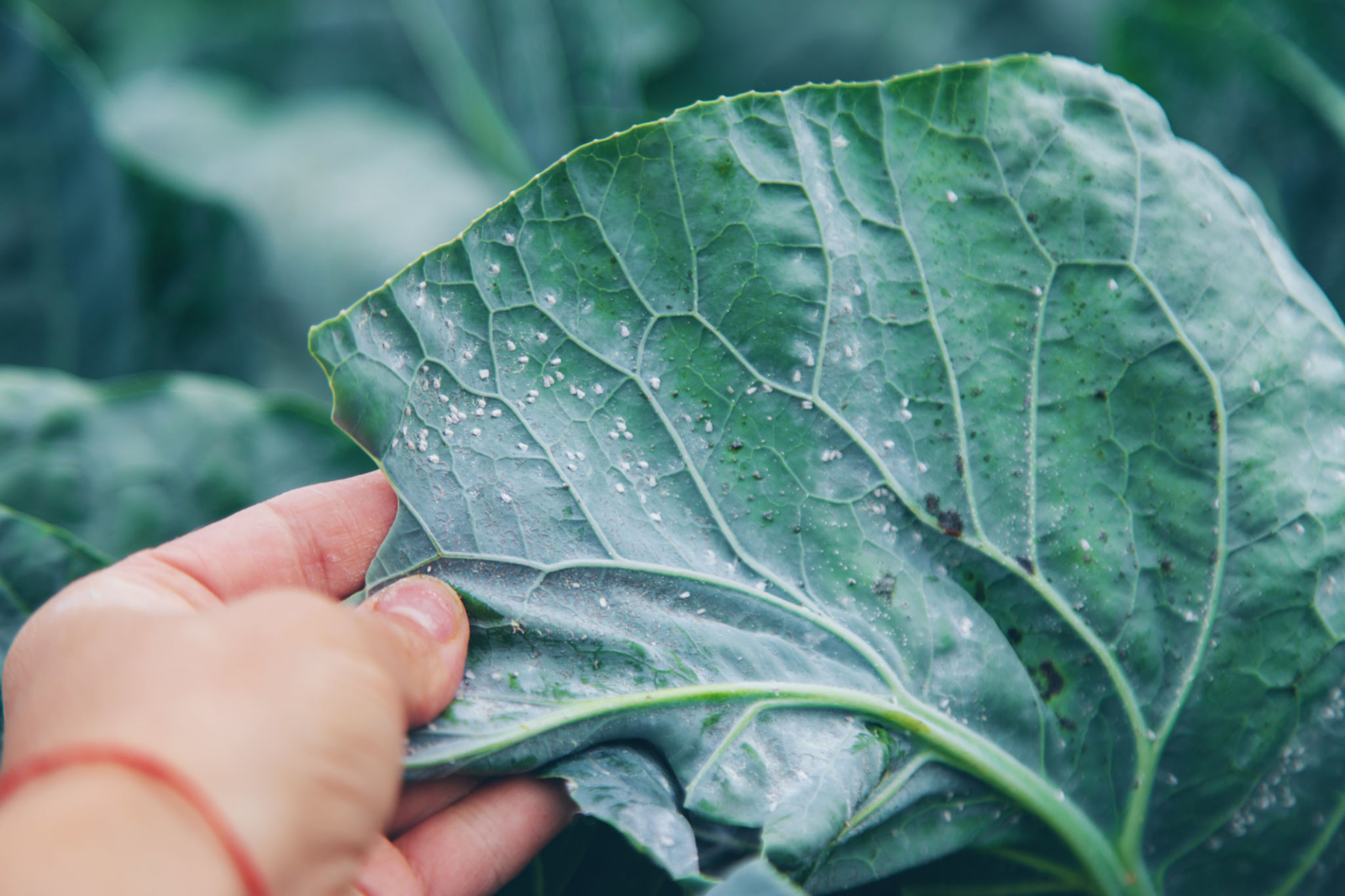The Impact of Weather on Pest Activity in Al Qassim
Understanding the Climate of Al Qassim
Located in the heart of Saudi Arabia, Al Qassim experiences a desert climate characterized by extreme temperatures and low precipitation. The region endures scorching summers and mild winters, with temperature fluctuations significantly impacting pest activity. Understanding how weather affects pests in this area is crucial for effective pest management strategies.
The hot and arid conditions in Al Qassim create a unique environment where certain pests thrive while others struggle to survive. The weather patterns, including temperature and humidity, play a crucial role in determining which pests are more active at different times of the year.

Summer: A Time for Increased Pest Activity
The blazing summer heat in Al Qassim, with temperatures often exceeding 40°C (104°F), provides an ideal breeding ground for many pests. Insects such as cockroaches, ants, and flies are particularly active during this season. The warm conditions accelerate their life cycles, leading to rapid population growth.
Moreover, the scarcity of water during the summer months drives pests like rodents to seek shelter and sustenance in human dwellings. Homeowners often find themselves battling these unwelcome guests, necessitating increased pest control measures.
Adapting Pest Control Strategies
To combat the surge in pest activity during the summer, residents and businesses in Al Qassim need to adopt proactive pest control strategies. This includes sealing cracks and openings, reducing moisture sources, and maintaining cleanliness to deter pests from invading homes and commercial spaces.

Winter: A Period of Dormancy for Some Pests
While summer brings an increase in pest activity, winter in Al Qassim sees a decline for many species. The milder temperatures and occasional rainfall create less favorable conditions for some pests. Insects like mosquitoes and flies become less prevalent as they struggle to thrive in cooler weather.
However, it's important to note that not all pests are affected equally by the winter climate. For instance, rodents may still seek shelter indoors to escape the cold, making it essential to maintain vigilant pest control efforts year-round.
Pest Prevention Tips for Winter
During the winter months, residents should focus on pest prevention by ensuring that entry points are sealed and food sources are minimized. Regular inspections and maintenance can help keep homes free from pests seeking refuge from the cold.

The Role of Humidity in Pest Activity
Humidity levels in Al Qassim also influence pest behavior. While the region is generally dry, occasional increases in humidity can lead to a rise in pest activity. For example, higher humidity can create favorable conditions for termites and other wood-destroying insects.
Maintaining proper ventilation and addressing moisture issues promptly can help mitigate the risk of pest infestations driven by changes in humidity. Homeowners should be mindful of leaks and damp areas that can attract pests.
Integrated Pest Management (IPM)
Implementing an Integrated Pest Management (IPM) approach is highly effective in dealing with weather-related pest challenges in Al Qassim. This holistic strategy combines prevention, monitoring, and control techniques to manage pest populations sustainably.

Conclusion
The impact of weather on pest activity in Al Qassim is profound, with temperature and humidity playing pivotal roles in determining when and where pests are most active. By understanding these patterns, residents and businesses can develop targeted strategies to manage pests effectively throughout the year.
Whether it's through sealing entry points or implementing an IPM approach, proactive measures are essential for keeping pests at bay in this unique climate. By staying informed about weather trends and their effects on pest behavior, Al Qassim's inhabitants can safeguard their homes and environments from unwanted intruders.